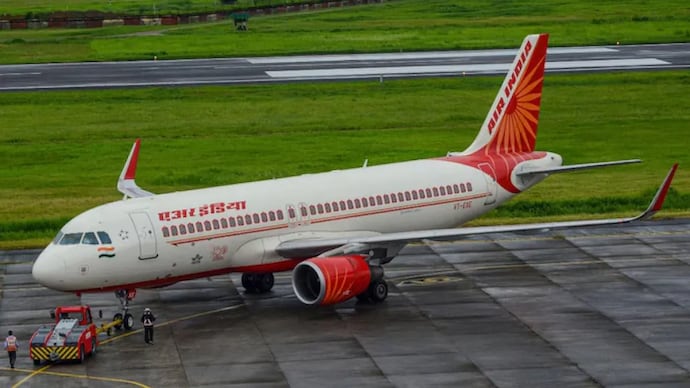New Delhi: Aviation behemoth IndiGo has built its empire over the last 16 years from being a startup in 2006 to now the largest airline in India with more than 290 aircraft in its fleet and 500 more in the pipeline. The airline has managed a steady orderbook to tap the growing number of flyers in India and has also achieved profitability, aided by a low-cost structure, promoter support and shrewd negotiations in contracts.
The absence of steady and strong competitors has also seen the airline gaining significant market share post the end of Kingfisher in 2012 and the shutdown of Jet Airways in 2019. The low-cost carrier almost touched 50% market share in April 2019 at from 42.5% in January 2019 whereas the then state-run Air India managed 13.9% in April from 12.2% in January
The market share of SpiceJet fell to 13.1% in April from 13.3% in January of 2019 while that of GoFIRST jumped to 10.8% from 8.7%
However, more than three years and three covid waves later, a consolidated Air India backed by the Tata Group now poses a territorial risk to IndiGo. The Air India group has seen a major transition in 2022 with the takeover by the Tata Sons under a government-led strategic divestment programme in January and the decision to merge Vistara with Air India in November. The Air India group now has four airlines under its umbrella with AirAsia and Air India Express in the low-cost segment and Vistara and Air India as full-service model.
The Air India Group, with a combined fleet of 218 aircraft, has the second largest fleet size after IndiGo. As per November data from the DGCA, the combined domestic market share of the Air India Group stood at 26%, the second largest after IndiGo at 55.7%. GoFIRST and SpiceJet, stood third with a market share of 7.5% each.
Kotak Institutional Equities has cautioned that Air India may impact IndiGo’s market share in top metro routes.We do realize the ability of the Tata Group’s airlines to increase presence in metro-to-metro traffic. These account for nearly 25% of IndiGo’s overall volumes. Of IndiGo’s domestic volumes, nearly 10% that involve corporate travel is where Tatas would work toward offering on-time and bundled offerings such as Taj Hotel properties,” Kotak Institutional Equities said in a recent note.
The competitive dynamics in India are moving towards a two-pillar system around Air India Group and IndiGo, Aviation consultancy firm CAPA India said in a recent note.In the international market, they are expected to grow from 37.8% in Jul-Sep to more than 50%, CAPA India said.
JP Morgan also cautioned in a recent note about a formidable number two player emerging with the Tata group, but expects industry capacity growth to be slow and demand-supply favorable in the next 12-18 months. The ask is tougher in a cost inflationary environment, but yield has been consistently surprising on the upside, it added.


















